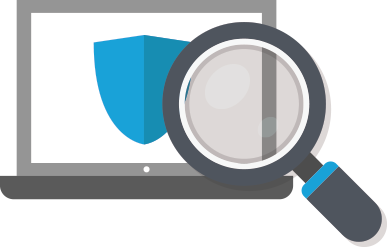--Originally published at Bytes of Mind
For the past four months, I’ve been working a school project that involves integrating different school courses into a single project. The project revolves around helping elementary school kids practice and start integrating math into their daily lives. I, along with other three team members, am working on a web app called Skalia, and a small game similar to Asteroids called Mateoro, where you shoot the asteroids by solving arithmetic operations within them. In short, an user, be it a student or teacher can log into Skalia, the student can play Mateoro while the teacher can monitor their progress.

Along developing the web app and the game, we haven’t been forgetting about security either. One of our main concerns was how we were going to manage sensitive data. After talking for a while the team reached the conclusion that, first and foremost, we were going to use the least possible amount of data, so in case something was compromised, the damages would be kept to a relative minimum. To keep data safe, we also decided that we were going to encrypt the data we stored, at first, it was just the usernames and passwords, but it honestly is a better idea to just encrypt everything.
Besides data management, there were some other things that had to be taken into consideration, mainly because we were going to be dealing with young kids. One of said things was going to be the way we would handle logouts for two reasons. We run a script that automates the difficulty of the game as soon as the session ends, and the other one was that we knew the kids would probably just lose the browser instead of just going login out. We had t play around with cookies for this, but

























